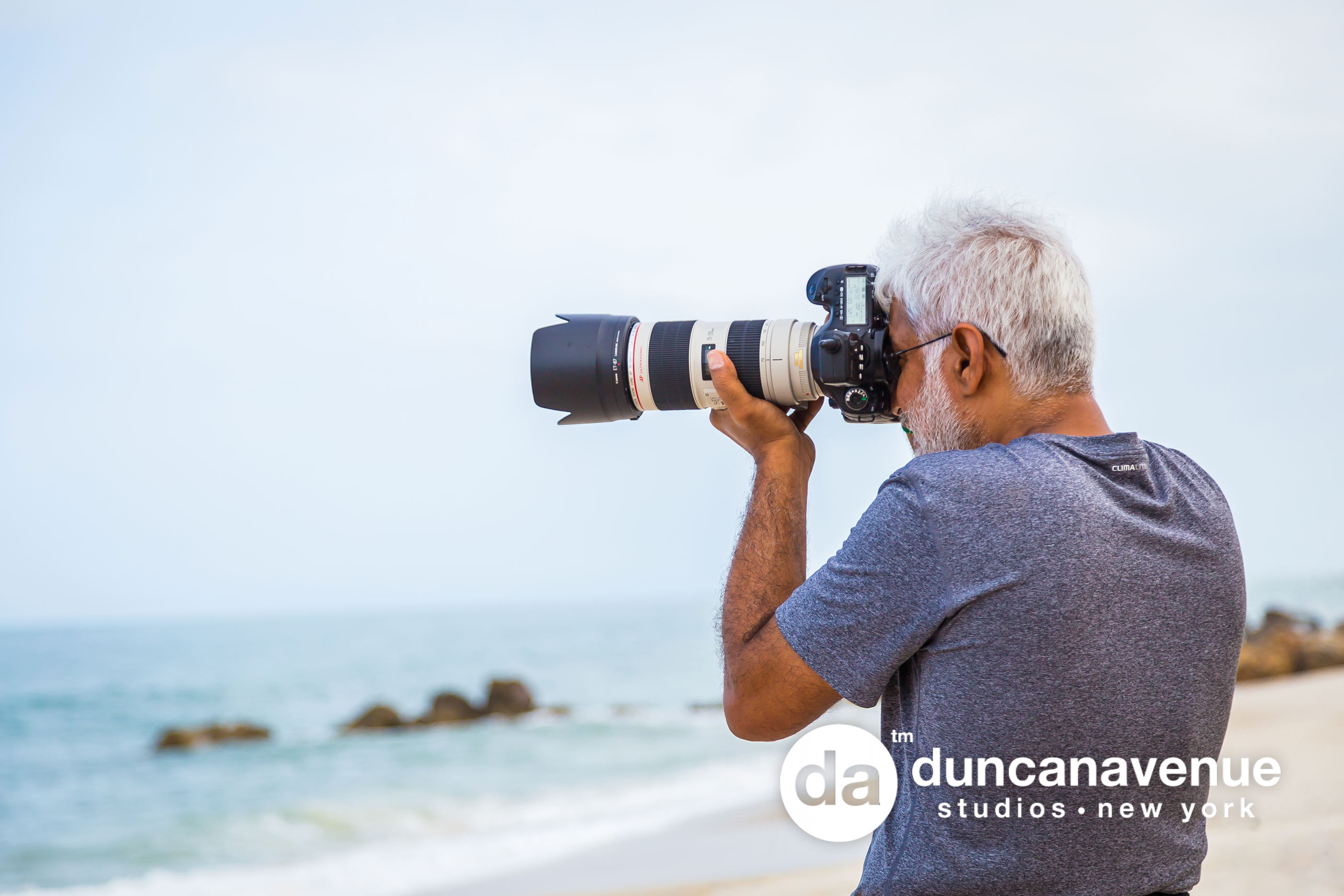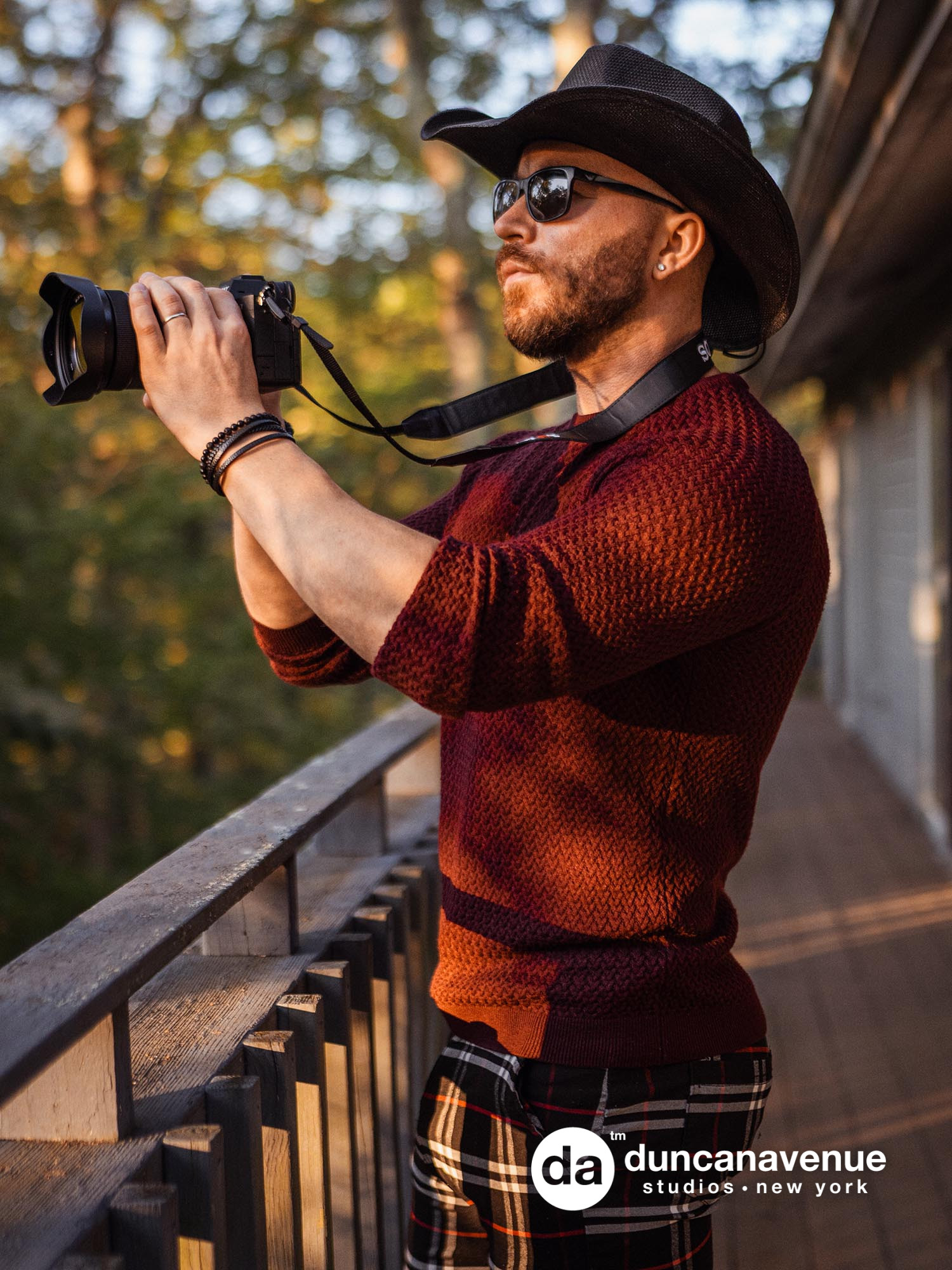Unfortunately, visual impairments are fairly common. A 2021 study published in JAMA Ophthalmology found that over 7 million Americans live with visual acuity loss — or, in other words, don’t have 20/20 vision. And though it’s normal to experience less-than-perfect vision as you age due to wear and tear, so to speak, the process of visual acuity loss can also be accelerated by factors like eye fatigue.
As a photographer, you use your eyes fairly often while working. The process of taking and processing photos alone can have you staring at screens for hours at a time, straining your eyes while causing dryness and irritation. Alongside typical problems like age-related macular degeneration, this kind of work can significantly impact your eye health as you grow older.
Naturally, this is a problem for photographers, not only where the general quality of life is concerned but with regard to the craft itself. So, if you love photography and wish to continue practicing it for decades to come, here are a few things you might consider trying in order to keep your eyes healthy over time.
1. Remember the 20-20-20 rule
Our eyes are designed to take in things at a distance, and constantly staring at camera, smartphone, and computer screens up close can dull this ability over time. The 20-20-20 rule aims to fix this — and the best part of it is that it’s extremely easy to remember! The rule dictates that every 20 minutes, you should pick a spot that’s 20 feet away and stare at it for 20 seconds. This will help your eyes refocus and prevent eye strain.
2. Protect your eyes actively
Particularly when taking photos outdoors, it’s important to equip your eyes for success. A feature on eye health by SymptomFind notes that it is especially affected by the sun’s UV rays, which damage your corneas and increase your risk of developing cataracts. To avoid this, select a sturdy pair of sunglasses capable of blocking out UV light (their tags or labels should indicate 100% UV protection). Don’t settle for pairs with lower standards; if in doubt, consult your optometrist for recommendations.
3. Check your workspace
The placement of your laptop or desktop screen is also of prime importance in preventing eye strain, especially since you likely spend a significant amount of time editing photos. It’s generally recommended that screens be set at eye level, or at least in such a way that you can look at them easily with your eyes focused straight ahead. You can work out this sort of setup with laptop or monitor stands if you don’t have a desk space that brings it about naturally. Anti-glare screens can also prevent your eyes from straining to look past any reflections while you’re working.
4. Exercise your eyes
While we don’t often think about the option of exercising our eyes, there are some tried-and-true methods out there. Indeed, BestLife has pointed out that even celebrities like Paul McCartney have sworn by eye exercises as the reasons they’ve been able to maintain eye health. You can try “working out” the focus of your eyes by putting your finger close to your face and alternately focusing on it and its background. You can also “stretch” by staring as hard as you can in various directions. It’s believed that this can help strengthen your eyes and prevent strain –– though researchers have yet to determine if it can fend off conditions like age-related macular degeneration.
5. Get regular eye exams
Probably the most important thing you can do is check in with your optometrist at least once a year — or more frequently if you have pre-existing conditions like diabetes that can affect vision. This way, you can stay up-to-date with your eye health, catch signs of pending vision impairments early, and ultimately keep your eyes in tip-top shape as you age. This sort of preventive care is especially important given that many eye conditions do not manifest any symptoms in their early stages.
As a photographer, your eyes are your most valuable — and irreplaceable — equipment. And by taking these tips to heart, you can set yourself up to continue doing what you love for a long time to come.
If you’re ready to expand your expertise even further, meanwhile, you can find more tips and tricks here on the Duncan Avenue Photography Blog.




